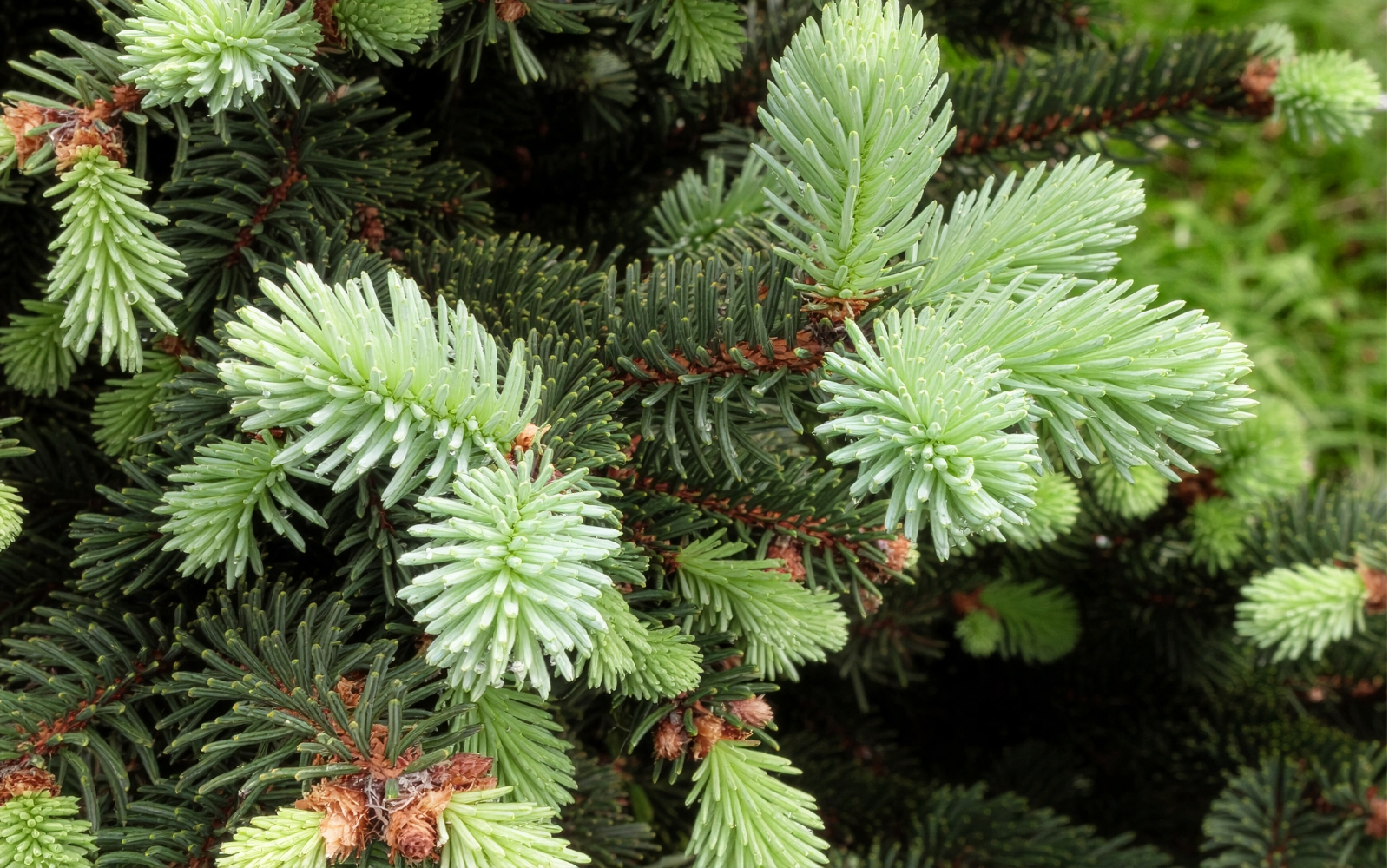
White spruce (Picea glauca): benefits, properties, uses in herbal tea and boreal cuisine
White spruce , a treasure of our Quebec forests, invites you on a unique sensory journey. Discover its many benefits, its decidedly boreal taste, and its ancestral uses. At Floèm, we handpick this wonder of nature to offer you the best of Nordic living.
The White Spruce: Introducing a Nordic Icon
The white spruce, also known as the spruce, is much more than a tree; it is a presence, a quiet force that sculpts the landscapes of the North.
What is white spruce?
The white spruce is a conifer native to North America. This evergreen tree, meaning it retains its needles year-round, is a pillar of northern ecosystems. It provides vital shelter and a food source for many animal species, from small birds to large mammals. Its resilience allows it to thrive in sometimes extreme conditions and on varied soils, demonstrating its incredible adaptability.
What does white spruce taste like?
White spruce unfolds a symphony of forest aromas, a true immersion in boreal purity. Its young spring shoots, tender and vibrant, offer tangy, slightly lemony notes and a delicate resinous freshness. Crushed, the mature needles exude a more assertive, woody, camphoraceous fragrance with lingering balsamic nuances.
As an infusion, white spruce reveals a surprising complexity. Its subtle aroma can even evoke northern coastal forests, a caress of a salty breeze, with echoes reminiscent of rosemary. The drink, of great finesse, opens with a resinous frankness that softens, revealing hints of citrus and sometimes discreet floral notes. Less bitter and more delicate than other conifers, its flavor signature makes it an ingredient of choice for refined preparations, whether liquid or solid.

Origins and historical overview of white spruce
Its natural range is vast, extending from Labrador to Alaska, and extending south into parts of the United States. This wide distribution is a testament to its incredible adaptability to cold climates and varied soils.
Long before the arrival of Europeans, Indigenous peoples lived in symbiosis with this tree, the pillar of their life and survival. They often considered it sacred, a living being integrated into their cosmogony. Their intimate knowledge of its virtues, passed down from generation to generation, valued each part for multiple uses (shelter, food, medicines, materials). For these communities, the white spruce embodied a symbol of life, resilience, a deep connection with Mother Earth, and a daily companion. This holistic vision, where humans and nature are interconnected, was expressed through profound respect, with harvesting often accompanied by rituals of gratitude. This intangible heritage, although sometimes weakened, remains a source of inspiration for the respectful development of boreal resources.
With colonization, First Nations knowledge of white spruce was gradually shared and adapted by Europeans. The tree quickly became a crucial resource for newcomers, essential for shipbuilding, carpentry, and pulp production, thus playing a significant role in Canada's economic development and shaping entire communities. Even today, white spruce retains a prominent place, not only in the forestry industry, but also as a treasure trove of flavors and benefits to be rediscovered.
Traditional uses: remedies, flavors and spirituality
Remedies and rituals of yesteryear
White spruce was a veritable natural pharmacy. Its needles, rich in vitamin C and antiseptic, were chewed or infused to treat scurvy and respiratory ailments (coughs, colds, flu), sometimes inhaled or used in sweat lodges to purify body and mind. The resin, or "spruce gum," prized for its antiseptic, healing, and anti-inflammatory properties, was applied to wounds, burns, and irritations, or incorporated into ointments for rheumatic pain. The boiled inner bark could treat digestive disorders.
Flavors and culinary applications
While medicinal uses predominated, culinary applications offered unique flavors and nutrients. "Spruce beer," a fermented drink made from young shoots, was refreshing and rich in vitamin C, preventing scurvy among sailors and explorers. The tender young shoots were eaten raw, in salads, or cooked. The inner bark could be dried and ground into flour. The resinous aromas flavored game meats. These ancestral flavors inspire boreal cuisine today.
Spiritual anchoring
Although less documented than other conifers, the white spruce also held a place in the spiritual landscape. A symbol of strength and resilience, its fresh scent was seen as purifying, warding off negative influences. The tree itself, connecting earth and sky, could be seen as a bridge to the sacred, its presence inviting meditation and reconnection.
Cultural significance and boreal identity
Beyond the practical and spiritual, the white spruce is rooted in boreal identity. A familiar figure in the landscape, it populates tales, legends, and local crafts. Today, with the rediscovery of its virtues, it remains a powerful symbol of natural wealth, particularly in Quebec, reminding us of the importance of preserving our forest heritage and associated knowledge.
Delving into the heart of the white spruce: its botanical identity
White spruce , this giant of northern forests, has a fascinating ecology. To truly appreciate this ingredient, it is essential to understand its botanical identity, starting with its multiple names that weave a link between scientific rigor and folk poetry.
Its Latin name, Picea glauca , provides universal identification. The genus Picea derives from the Latin pix (pitch or resin), highlighting the abundant protective resin characteristic of these trees. The epithet glauca comes from the Latin glaucus (glaucous), describing the bluish-green or silvery hue of its needles, often due to a waxy bloom. This distinctive color — the resinous tree with glaucous needles — helps differentiate it from its close relative, the black spruce ( Picea mariana ).
In French, the common name "white spruce" is widely used, particularly in Quebec. "Spruce" comes from "thorn," referring to the prickly nature of its needles, while "white" evokes the paleness of its foliage and the clarity of its wood. Beyond this designation, the white spruce has other vernacular names such as "glaucous spruce," "white fir," or "white prussia," as well as names from Indigenous languages such as Minaikᵘ in Innu. Each of these names carries a cultural richness, testifying to the deep roots of this tree in the territory and the intimate relationship woven with local communities over the centuries.

Detailed portrait of the white spruce and its natural setting
To admire the white spruce is to contemplate a work of nature's art, shaped by northern latitudes. Every detail, from its needles to its bark, tells the story of its adaptation. Its natural habitat, the boreal forest, is a wild and grandiose setting for its proud silhouette.
Silhouette and identification
The white spruce has a generally conical and slender shape, especially when young, which can become more columnar with age. Its crown is often pointed, its trunk straight, and its bark thin, scaly, grayish to pale brown, slightly cracked. Its branches, in stepped whorls, are often ascending or horizontal. To recognize it, its needles are a key criterion: short (1.5 to 2.5 cm), rigid, quadrangular (rolling between the fingers) and prickly. They are inserted all around the branch on woody pads, making the branches rough even when bare.
The distinction from fir is crucial: fir needles are flat and soft, while spruce needles are prickly. The cones also differ: spruce cones hang down, thin, supple, with flexible scales, and fall whole. Fir cones stand upright and disintegrate on the tree. Classified as a softwood, white spruce is less dense and easier to work than hardwoods like oak. If you harvest spruce yourself, ensure proper identification (to avoid confusion with toxic conifers like yew, although their appearance is very different) and pick in unpolluted areas.
Color palette
The white spruce's palette, a subtle variation of greens and grays, gives it a luminous elegance. The "glaucous" hue of its needles (bluish-green or silvery), due to a wax called pruina , is distinctive. Particularly visible on young spring shoots, a soft fluorescent green, this pruina creates changing reflections. The bark is pale gray to grayish-brown, sometimes shaded with pink or purple on young trees, peeling off in small scales. The female cones, before maturity, can be purplish-green to purple-red, turning light brown once dry. The male cones are often red or pale yellow. This visual harmony fits perfectly with the colors of the boreal forest.
Size, longevity and habitat
A giant of cold forests, the white spruce averages 15 to 30 meters, with some specimens exceeding 40 meters, with a trunk that can reach 1 meter in diameter. Its growth is slow, especially in northern conditions. Its longevity is remarkable: 200 to 300 years, sometimes more than 500 years.
It inhabits the vast North American boreal forest, adapting to cold climates, from dry sands to moist clays, although it prefers fresh, well-drained loams, sunny or partially shaded. Often a pioneer after disturbances, it also forms pure or mixed stands.
For planting, favor spring or early fall.
Botanical characteristics: needles and cones
The evergreen needles of the white spruce (lasting 4 to 10 years) are quadrangular, rigid, prickly, measure 1.5 to 2.5 cm, and are arranged in a spiral, giving a brushy appearance. It is one of the conifers, or resinous trees, characterized by the production of resin, needles and cones.
A monoecious species, it bears separate male cones (small, ovoid, reddish or yellowish, releasing pollen in spring) and female cones on the same tree. The female cones (3 to 7 cm, cylindrical, pendulous), initially greenish or purplish then pale brown when ripe in late summer, have thin, flexible scales. They open in dry weather to release small winged seeds.
Seed germination is tricky, often requiring cold stratification. Planting an entire pot is unlikely to succeed; it is better to extract the seeds, stratify them, and then sow them.
The art of harvesting white spruce: a respectful practice
Harvesting white spruce is an art that combines botanical knowledge, respect for nature and ancestral gestures.
Harvesting sanctuaries and know-how
A characteristic species of the vast boreal forests, white spruce is ubiquitous in Quebec. Floèm favors harvesting sites far from pollution, in the heart of intact forests where nature expresses all its vigor. Harvesting takes place where the tree thrives naturally, often alongside other conifers and hardwoods. Floèm's expert harvesters recognize healthy ecosystems and select sites far from cities, guided by a crucial ethic of sustainability.
Selected parts, quantity and time of harvest
The harvester's wisdom lies in selecting the most suitable parts of the white spruce, without compromising the tree's vitality. For infusions and delicate uses, the young spring shoots ("crowns" or "candles") are coveted. Emerging as the sap rises, these tender, juicy, and bright green shoots are at their peak in vitamin C and subtle aromas (lemony, sweet resinous). The ideal time for this harvest is absolutely essential and very short: two to three weeks in late spring or early summer, before the needles harden. Harvest too early and the shoots would be too small; too late and they would become tough, their aromatic profile altered, more harsh and resinous.
The quantity taken from each tree remains minimal (never more than 20 to 25% of the available young shoots), distributing the harvest and taking care not to damage the terminal bud. Mature needles can be harvested sparingly throughout the year, as well as green cones, moderately.
Tools and gestures: a precise tradition
At Floèm, young shoots are harvested by hand, allowing for careful selection and preserving the tree. The harvest of young aromatic shoots is concentrated in the spring. If you wish to harvest needles from more woody twigs or small branches, small, clean pruning shears ensure a clean cut. More substantial pruning, if necessary, is done during the dormant season. Natural baskets, hard plastic bins with holes, or canvas bags ensure good ventilation of the harvest. It is best to place the harvest in the shade during harvesting to reduce the "heating" of the aromatic.

Secrets of Preserved Aroma: Quality Factors of White Spruce
The final quality of a white spruce product is the result of a multitude of interdependent factors, from the forest to the finished product. The concept of terroir is crucial here: soil type, sun exposure, altitude, and local microclimate influence the chemical composition of the shoots and needles, and therefore their aromatic profile. For example, a spruce tree from well-drained, sunny soil will offer distinct aromas than one from a shadier, more humid environment. The age of the tree and the vigor of the young shoots also play a role, as the latter often offer vibrant flavors.
The overall health of the tree is paramount; a vigorous specimen, free from disease and stress, will produce better-quality shoots. The surrounding flora can subtly modulate aromas through ecological interactions. Finally, annual climatic conditions, particularly sunshine and rainfall before and during harvest, directly impact essential oil concentration.
Vigilance and know-how: preventing quality deterioration
After harvest, several factors can unfortunately affect the quality of white spruce if precautions are not taken. Rough handling (picking, transporting) can bruise the shoots, causing oxidation and loss of aroma. Prolonged exposure to heat or direct sunlight is also detrimental, degrading essential oils and vitamins.
Moisture is another major enemy: improper or slow drying can lead to mold, making the product unfit for consumption and potentially toxic. Conversely, drying too quickly at excessive temperatures can "cook" the sprouts, destroying heat-sensitive compounds and altering their delicate flavor. Finally, contaminants (environmental or due to unhygienic handling) can compromise purity and safety.
Processing Methods: Capturing the Aroma of White Spruce
After careful harvesting, a meticulous processing process preserves the aromatic richness and benefits of white spruce shoots and needles. This crucial step, carried out with the same respect as harvesting, aims to capture the volatile essence of the boreal forest in a stable and pleasant-to-use form.
From harvesting to processing: the importance of timing
Immediately after harvesting, processing must begin quickly to avoid any degradation of aromatic compounds and active ingredients. Young shoots are fragile and susceptible to oxidation. Particular attention is paid to transportation, which must be rapid and preserve freshness. The drying process, if used, must begin immediately to stabilize the product and concentrate its flavors. Every hour counts to capture the ephemeral soul of these spring treasures.
The art of drying: concentrating natural essences
Drying is essential for infusions or long-term preservation of white spruce. It removes most of the water, inhibiting microbial growth (mold, bacteria) while concentrating aromas and active ingredients.
The gentlest method is to air-dry in the shade, in a dry place, at a standard to slightly warm temperature (avoid very cold or very hot) and well-ventilated. The sprouts, spread in a thin layer on racks or trellises without overlapping, dry in a few days to a few weeks, depending on the room humidity, ventilation and temperature. A faster and more controlled alternative is the food dehydrator, set at a very low temperature (ideally maximum 35 °C / 95 °F) to avoid degrading essential oils and vitamins.
Drying is complete when the shoots or needles become brittle while retaining their color and much of their original aroma. Yellowing or orange shoots are a sign of poor quality, an indication that one of the elements in the chain of steps has not been respected. Successful drying is the key to optimal preservation and an infusion revealing the quintessence of the boreal forest.
Preserving White Spruce: Conservation Tips
Once the white spruce has been carefully harvested and dried, proper storage is essential to maintain its captivating fragrance and valuable properties.
Keepers of Freshness: How to Store Dried White Spruce
To best preserve the delicate aromas and active compounds of dried white spruce, several precautions are necessary. Air, the main enemy, oxidizes essential oils and dulls the fragrance; it is therefore crucial to store it in airtight containers such as Mason jars. Tinted glass jars (amber or dark green) are ideal, also protecting against light, another factor in degradation. Airtight metal boxes or opaque, sealable multi-layer bags are good alternatives.
Moisture should also be avoided: make sure the spruce is completely dry before storage to prevent mold. Store the containers in a cool, dry place, away from direct sunlight and heat sources, and avoid temperature fluctuations. These simple rules will make you the vigilant guardian of its freshness, prolonging the pleasure of eating it.
Shelf life: the promise of a fragrant winter
The shelf life of dried white spruce depends on storage conditions and the quality of the initial drying. When stored optimally (airtight, away from light, heat, and moisture), it retains much of its aromatic qualities and benefits for 6 to 12 months, a period when it is at its peak flavor.
After a year, although still edible if well preserved and unaltered, its aromatic intensity will gradually diminish. Delicate notes, such as hints of lemon, will slowly fade, leaving a more resinous profile. For maximum flavor richness, it is recommended to renew your stock annually, after the new spring harvest.

White spruce: a source of Nordic vitality for health and well-being
Its needles, bark, resin, and young shoots are packed with active compounds recognized for centuries to support health. The fruit of a natural synergy, this tree adapts to harsh environments and offers comprehensive support to the body: balance, defenses, and regeneration, in a gentle and natural approach.
A natural range of benefits
White spruce offers a notable wealth of active substances. Its young shoots, particularly concentrated in vitamin C, benefit from its powerful antioxidant properties: cell protection, immune system support, facilitation of iron absorption, and stimulation of collagen formation. The needles and resin contain essential oils such as borneol and camphene, giving them antiseptic and antibacterial properties that fight infections and purify the body. Known for its expectorant and decongestant qualities, white spruce relieves respiratory tract ailments such as coughs, colds, and bronchitis. It also has anti-inflammatory effects useful for joint and muscle pain, while being considered a general tonic that boosts energy and revitalizes the body.
A shield for the immune system
In the face of daily aggressions, strengthening your immune system becomes vital. White spruce proves to be a powerful natural shield. Its concentration of vitamin C, particularly in its young shoots, is essential for supporting the effectiveness of white blood cells and reducing the frequency of minor winter ailments. Furthermore, its essential oils, with antiseptic and antibacterial properties, help neutralize certain pathogens, thus strengthening the body's resistance. Finally, its antioxidants—vitamin C and polyphenols—fight oxidative stress, a real obstacle to our natural defenses.
A breath of fresh air for the respiratory tract
White spruce is a valuable ally for respiratory health. Thanks to its expectorant properties, it facilitates the thinning and elimination of bronchial secretions, providing natural relief in cases of productive coughs or congestion. A hot infusion releases its beneficial aromas, gently clearing the lungs. In addition, the antiseptic effect of its essential oils purifies the respiratory tract. Inhaling its steam, a traditional method, helps to effectively decongest and soothe.
A boreal tonic for vitality and energy
Against physical and mental fatigue, white spruce is a valuable boreal tonic. Its richness in vitamin C contributes to its stimulating effect, supporting energy metabolism. The essential oils, with their fresh and resinous aromas, awaken the nervous system, clarify the mind, and promote concentration. According to some traditions, it also possesses adaptogenic properties, helping the body better cope with daily stress.
White spruce in everyday life: how to use and enjoy it
With its captivating aromas and multiple virtues, white spruce is a natural addition to our daily lives. Far from being reserved for complex uses, it lends itself to simple and creative preparations, awakening the taste buds, pampering the body, and soothing the mind. Its versatility makes it a treasure with multiple potentials.
In herbal tea: a comforting ritual
For a sensory immersion in the heart of the boreal forest, white spruce tea is a royal route. Imagine: a simple infusion of its needles or young shoots instantly releases the very essence of our northern landscapes into your cup.
Each sip becomes a comforting ritual, a truly suspended moment where the delicately resinous and lemony scents soothe the mind, while its warmth envelops the body in a gentle embrace. Enjoy it hot for a warm cocoon, or let yourself be surprised by its iced version, fresh and incredibly thirst-quenching. Whatever your preference, white spruce gently offers you its vitamins, minerals, and precious antioxidant polyphenols. A simple and delicious way to benefit from its benefits, sometimes invigorating to start the day well, sometimes soothing for a moment of relaxation.
What if you became the alchemist of your own infusions?
Unleash your creativity by creating your own forest blends! Combine the subtlety of white spruce with two or three other wild-harvested treasures. Discover other Quebec herbs in our online store. A playful invitation to create unique infusions, with three or four ingredients, perfectly suited to your taste and your personal connection to the forest. Explore, experiment, and savor.
In the kitchen: the audacity of Nordic flavors
The culinary world opens up to an infinite playground for white spruce. Its fresh, tender, and slightly tangy young shoots are delicately sliced into salads, tabbouleh, or raw fish dishes, bringing a liveliness and a decidedly forest-like aroma. The dried and finely ground needles become a precious spice—a subtle alternative to rosemary—perfect for enhancing meats, fish, marinades, flavored salts, and even breads and biscuits. They are also transformed into flavored jellies, infused vinegars, or compound butters. And why not indulge in a delicious spruce syrup, ideal for topping desserts, sweetening drinks, or creating surprising cocktails?
In home body care: a forest spa at home
The benefits of white spruce are also found in homemade body care products. Its essential oil, with antiseptic, anti-inflammatory, and invigorating properties, is perfect for soothed and toned skin. A few drops diluted in a neutral vegetable oil make a relaxing massage oil, ideal for relaxing the body and boosting energy. The dried and finely ground needles are easily incorporated into bath salts—whether Epsom or sea salts—to offer a purifying and rejuvenating moment of relaxation. In oily macerate, they become the precious base for restorative and soothing balms. Making your own treatments extends this unique sensory experience, in the heart of the boreal forest.
White spruce preparation methods: recipes and instructions to enhance its aromas
Taming white spruce means, above all, respecting its simple gestures to reveal its unique aromas and precious benefits. Whether you prepare it as an infusion, a bold recipe, or a treatment, the secret lies in the delicacy and attention paid to its fragile nature.
Choose simplicity: it allows you to fully extract its flavors and virtues, without distorting them by cooking for too long or using overly heavy mixtures which could erase its unique personality.
Recipe ideas with white spruce: boreal culinary inspiration
Ideas for cooking with white spruce:
-
Flavored Salt : Grind dried needles with coarse sea salt to season fish, poultry, grilled vegetables, or to rim cocktail glasses.
-
Spruce Shortbread : Add finely chopped or powdered spruce needles to the shortbread dough for a subtle flavor, perfect with Nordic black tea or Floèm infusion.
-
Boreal Marinade : Combine olive oil, maple syrup, Dijon mustard, chopped pine needles, black pepper, and lemon juice. Marinate game or salmon before cooking.
-
Infused vinegar : Macerate a dried spruce shoot in cider vinegar for a few weeks to delicately flavor your vinaigrettes.
-
Spruce Sorbet : Infuse young shoots in a simple syrup, then churn in an ice cream maker for a unique forest freshness. The syrup can also be used as a base for cocktails.
How to brew white spruce into herbal tea?
Ingredients :
-
1 to 2 teaspoons of dried young white spruce shoots
-
Approximately 250 ml of low-mineral spring water
Preparation :
-
Flavor Tip: For a lighter, lemonier infusion, reduce the brewing time. For a more resinous, intense flavor, let it steep a little longer.
-
Heat the water: Bring the water to a simmer, but do not boil. A temperature between 85°C and 95°C is ideal for preserving the delicate aromas of the spruce.
-
Infuse: Place the shoots or needles in a teapot or directly into your cup with an infuser . Pour hot water over them.
-
Cover and let stand: Cover and let steep for about 10 minutes.
-
Strain (if necessary): If you did not use an infuser, strain the herbal tea to remove any shoots or needles.
-
Taste: Savor your herbal tea plain to fully appreciate its unique aromas.
The sensory experience
Before your first sip, take a moment to inhale the aromatic vapors wafting from your cup. This suspended moment is an invitation to connect with the deep scents of the boreal forest.

How much white spruce should I consume?
As with any food or active herb, white spruce consumption should be done in balance and moderation, although it is generally considered safe for most people when used in culinary quantities or as occasional infusions.
There is no universal "dose," as individual sensitivity can vary. For herbal teas, one to three cups per day is a common recommendation for a healthy adult.
Listen to your body: it's the best guide to determining what's right for you. If you're unsure or have pre-existing medical conditions, it's always wise to consult a healthcare professional.
Tips for using white spruce and precautions for use: for a peaceful experience
White spruce, this gift of boreal nature, is a valuable ally when used wisely.
To fully enjoy its flavors and benefits with complete peace of mind, there are a few tips for use and precautions to be aware of.
When to eat white spruce? Choose a moment of well-being
The ideal time to consume white spruce depends on the desired effect and your personal sensitivity. Thanks to its invigorating properties and invigorating taste, a white spruce infusion can be an excellent choice in the morning to start the day with energy and clarity of mind.
It can be a great substitute for coffee or tea for those looking for a mildly stimulating, caffeine-free beverage. Its fresh, resinous aroma has an invigorating effect that helps chase away morning drowsiness.
In the middle of the day, especially after lunch or when feeling tired in the afternoon, a cup of white spruce can provide a welcome boost of vitality to help you continue your activities with focus.
In the evening, although invigorating, its effect is generally not so exciting as to disrupt sleep for most people, especially if the infusion is light. Some even appreciate its comforting and purifying effect before bed.
However, if you're particularly sensitive to stimulants, it may be best to consume it earlier in the day. Listen to your rhythms and choose the moment that best suits you to enjoy your infusion.
White Spruce Warnings: Know Your Limits
Although white spruce is widely consumed and considered safe for the majority of the population when used in normal dietary amounts, some cautions apply.
The main precaution concerns allergies. As with any natural product, allergic reactions are possible, although very rare. If you have a history of allergies to conifers (pines, firs, etc.) or if you develop unusual symptoms after consuming spruce (skin rashes, itching, difficulty breathing, digestive problems), discontinue use immediately and consult a healthcare professional.
It's also important to ensure the quality and origin of the white spruce you consume. Choose products that are sustainably harvested in unpolluted environments and properly processed and preserved. If you're picking your own, impeccable botanical identification is crucial to avoid confusion with toxic species.
Finally, although spruce has medicinal properties, it should not be used as a substitute for prescribed medical treatment for a specific condition. It can be an excellent complement to a holistic wellness approach, but always consult your doctor if you are undergoing treatment.
What are the disadvantages of white spruce?
Besides rare allergies, the main drawback could be overconsumption leading to mild digestive problems in some sensitive people, or an interaction with certain medications if consumed in very large quantities (which is unlikely with normal use in infusion or cooking).
At-risk populations and white spruce
Some populations should exercise caution before incorporating white spruce, or any other active plant, into their routine.
It is essential to always speak with a healthcare professional before use if you fall into one of these categories or if you have any doubts.
People with chronic illnesses, those taking prescription medications regularly, or those with complex medical histories should always seek the advice of their doctor or a qualified pharmacist.
Interactions between the active compounds of spruce and certain drugs are theoretically possible, although little documented for classic food uses.
For example, plants rich in vitamin K (which is not the case for spruce, but general caution applies) can interact with blood thinners.
People with severe kidney or liver problems should also be cautious with any new substance.
The precautionary principle prevails: clear information and personalized medical advice are the guarantees of safe and beneficial use of nature's treasures.
Pregnant women and children and white spruce: special attention
Special caution is required regarding the consumption of white spruce by pregnant women, breastfeeding women, and young children under 5 years of age.
Generally, due to the lack of sufficient scientific data to guarantee absolute safety during these sensitive periods of life, it is recommended to avoid the consumption or regular use of medicinal plants, including white spruce.
For pregnant and breastfeeding women, the maximum precautionary principle applies. Many plant compounds can cross the placental barrier or pass into breast milk, and their effects on the fetus or infant are not always known.
In young children, metabolism is different from that of adults, and their sensitivity to certain substances may be increased.
Although occasional and small amounts of culinary use (as a flavoring in a dish) are probably safe, regular consumption in the form of herbal tea or other concentrated preparations is not recommended without formal medical advice.
Conclusion: white spruce, a valuable ally of boreal nature
As you will have understood throughout this exploration, the white spruce is much more than a familiar silhouette of our boreal forests.
It is a plant treasure, rich in delicate flavors, recognized benefits and an inexhaustible source of inspiration.
Its young shoots, fine and aromatic, reveal a comforting, subtly woody drink when infused, a true ode to nature.
Ready to welcome the magic of white spruce into your daily life?
Discover our premium white spruce in our online store.
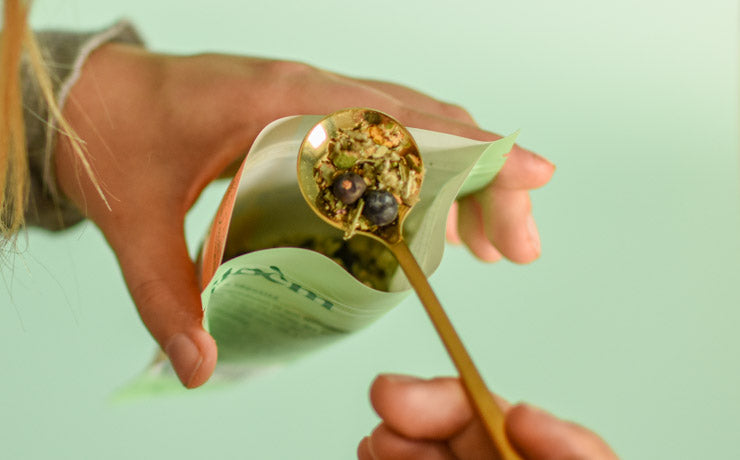
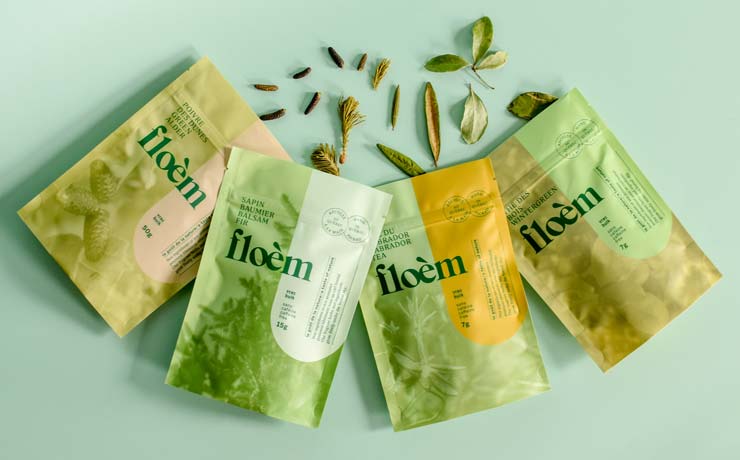


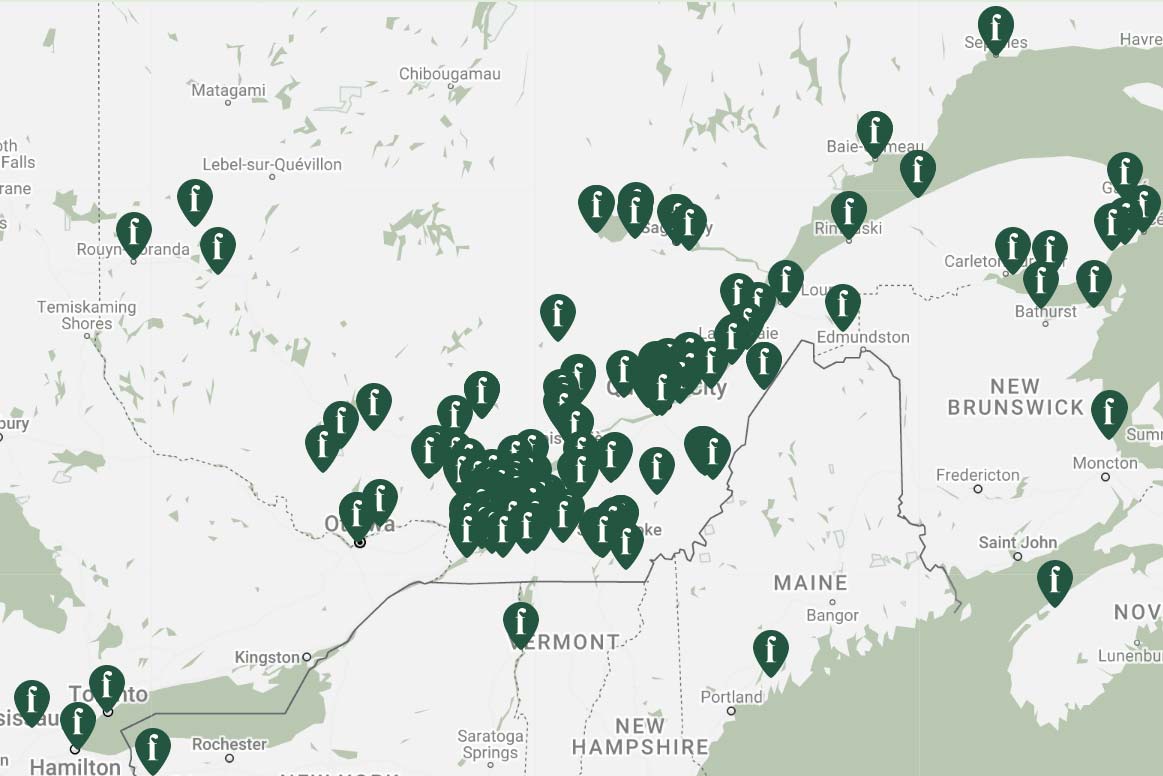

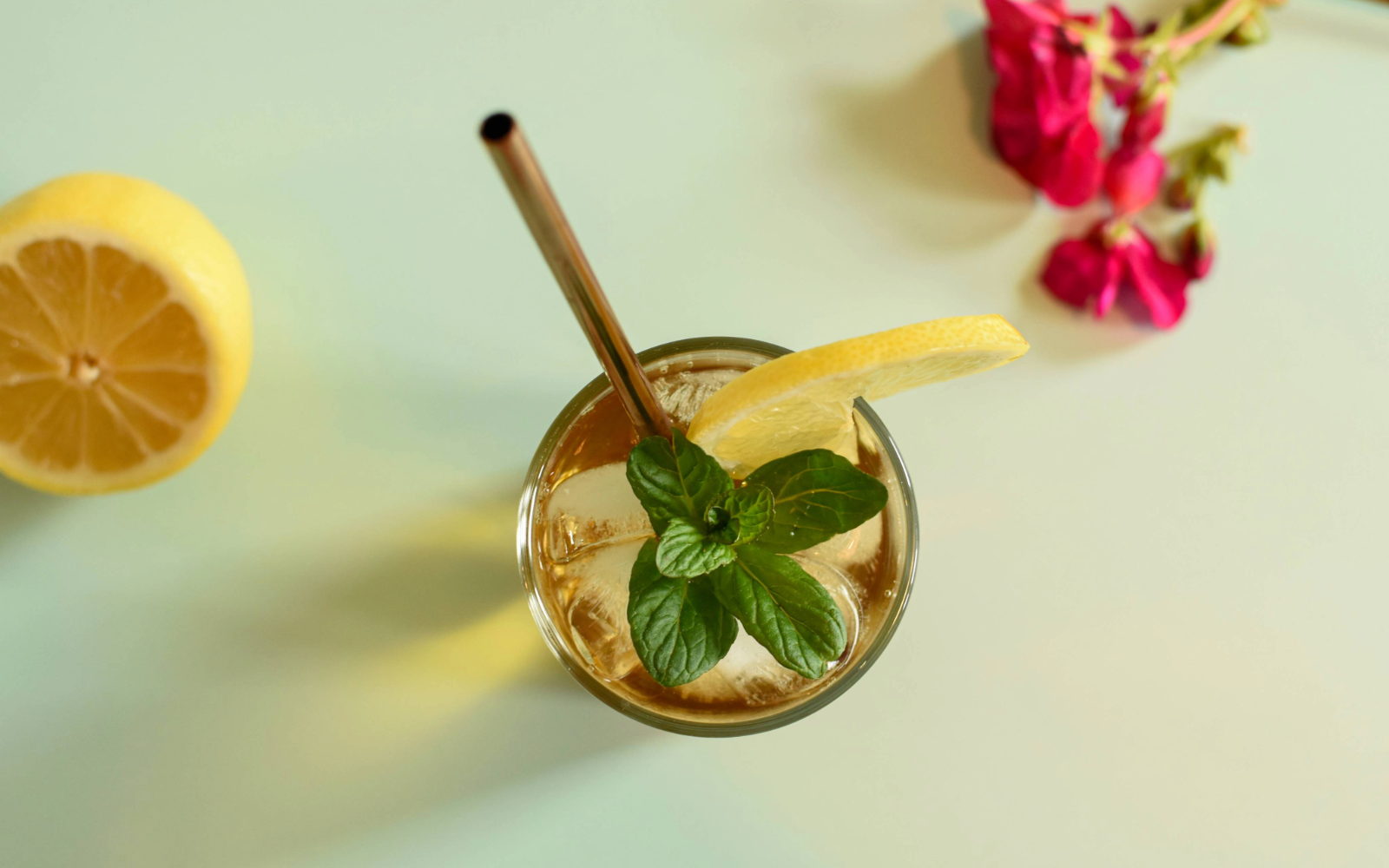
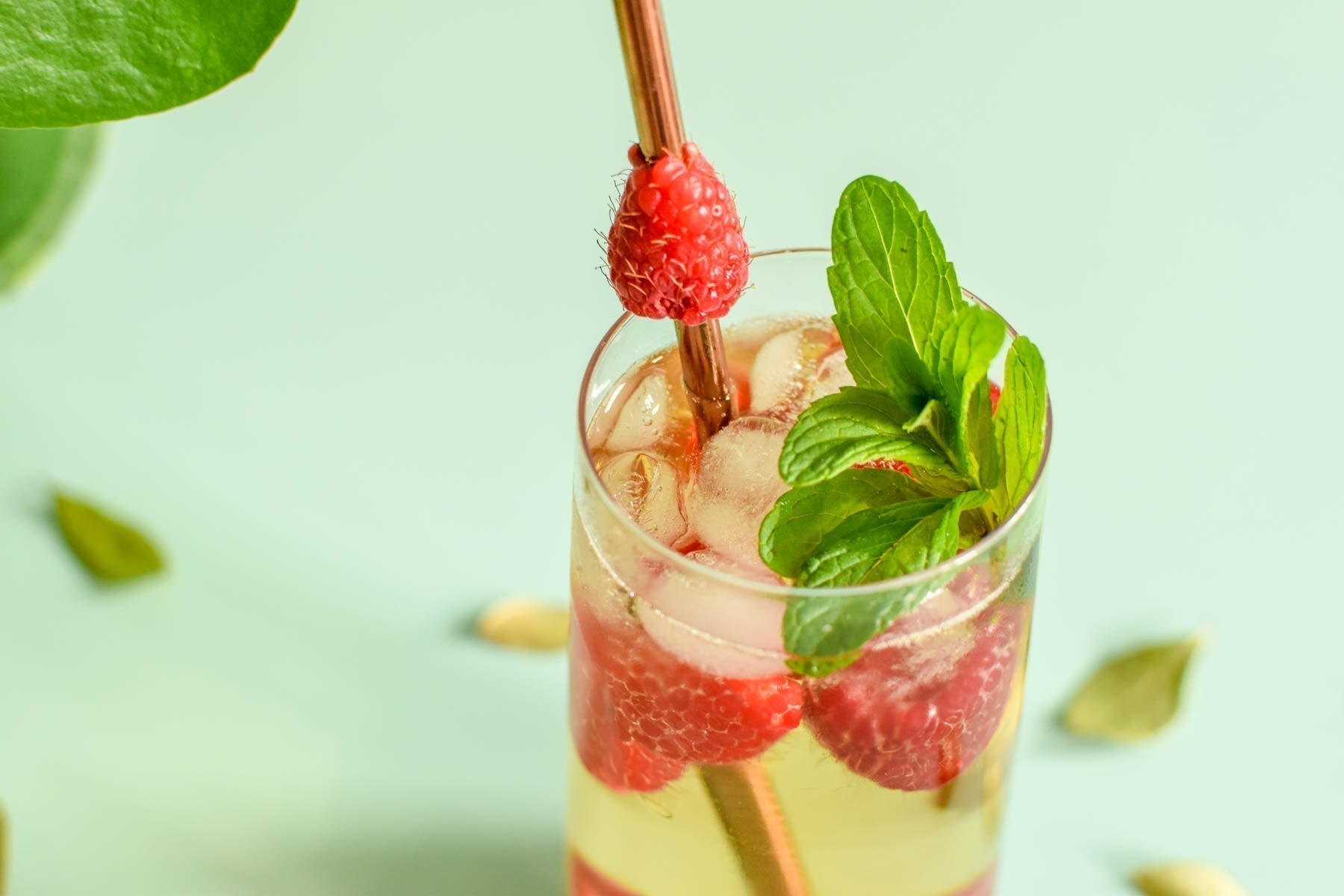
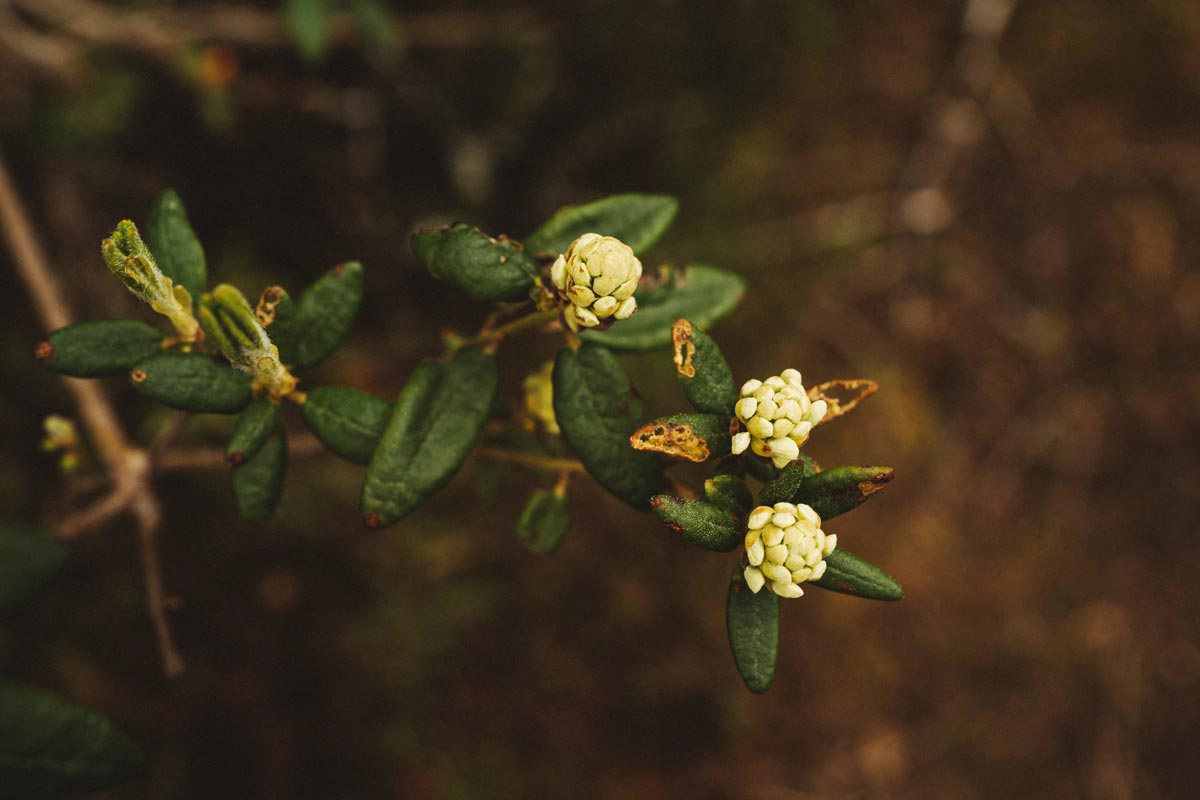
Leave a comment
This site is protected by hCaptcha and the hCaptcha Privacy Policy and Terms of Service apply.